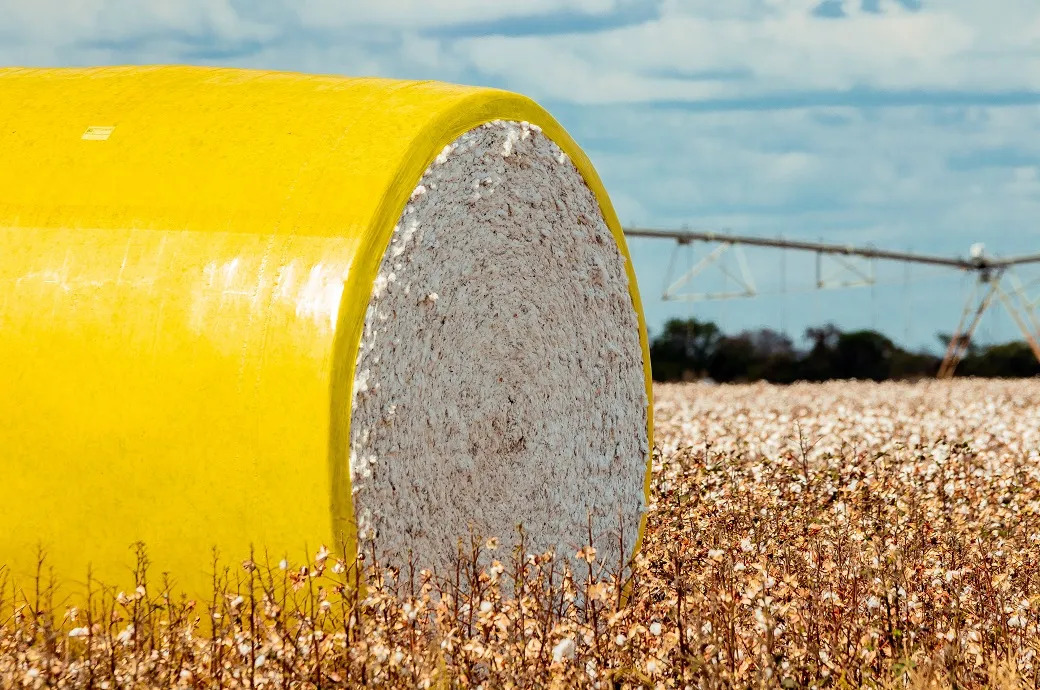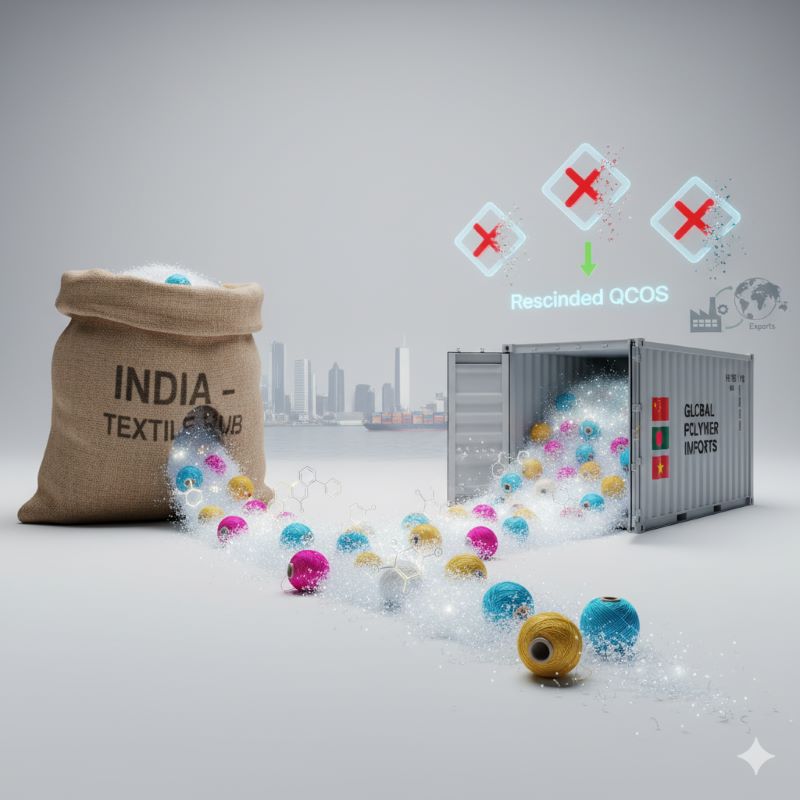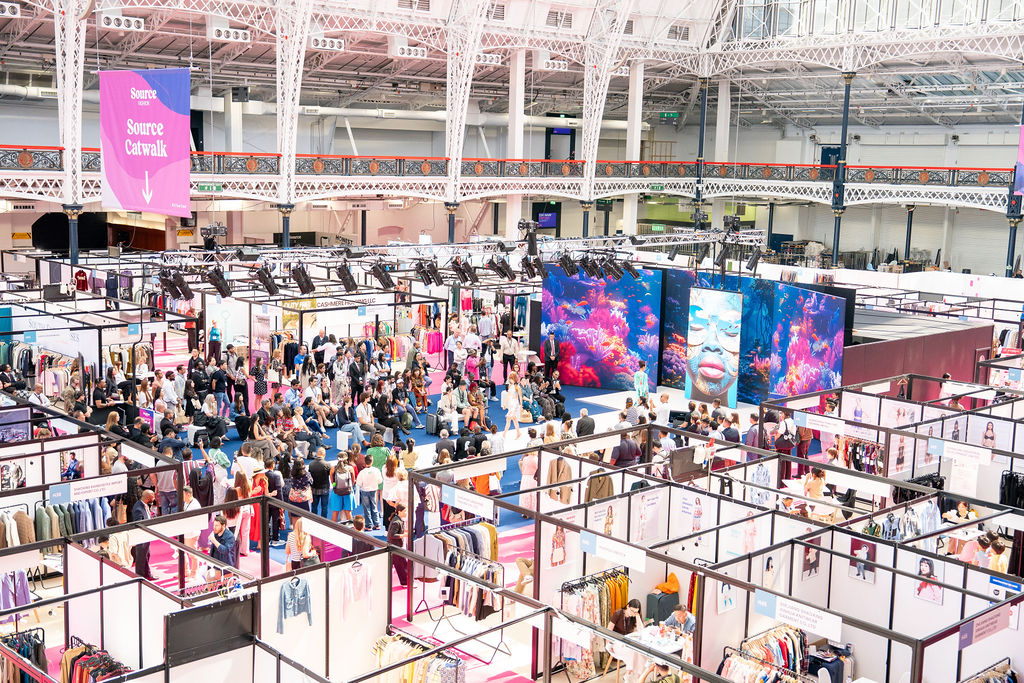FW
Designers are turning to 3D printing to create collections. Israel’s Danit Peleg is one such designer who offers a customized, 3D printed bomber style jacket as the first commercially available 3D printed garment.
The jacket is printed with a flexible, rubber-like material and has a silky fabric lining that makes it comfortable to wear. The jacket’s serial number is 3D printed on its label. This is the first ready-to-wear 3D printed jacket. It’s printed in Spain and assembled and shipped from Israel. It’s the first step in the journey to a 3D printed world. Thanks to this revolutionary technology, every piece is unique, made to measure with a customer’s own customizations and its production process produces zero waste.
Peleg is known for her 3D printed fashion work. Her collection has made waves in the fashion and tech worlds. Her first collection included five looks which were entirely 3D printed using desktop printers that can be used from home.
In future, as technology improves, Peleg envisions a world where anyone will be able to buy files and print clothes at home or at a designated store. She is passionate about challenging the ecosystem to develop new materials, new printing techniques, and new software breakthroughs.
Gaurav Gupta’s couture collection inspired from the “sculptures found in the realm of a mythological forest”, with actress Aditi Rao Hydari as showstopper was the finale at the latest India Couture Week (ICW). As per Gupta, the collection has been inspired by nature, forest and like a parallel world which is happening on the moon in a fairytale way.
It is all these art like sculptures made into garments which are wearable sculptures. It’s just about celebrating fantasy, Gupta explains. He believes India has couture “thriving” as it is one of the places in world which consumes couture. It’s only been consumed in India or the Middle East.
Using his signature fabrics like chiffon, crepe, tulle, net and lace, the collection had pieces with exaggerated shoulders, fishtail gowns, and body hugging dresses and much more in colours like grey, blue and green. Gupta said many of the brides he designs for wear gowns on their special day, or go for an amalgamation of a gown with something Indian. There are new silhouettes, colours and a lot of experimentation within that and nowadays brides only wear bridal on their wedding day, for the rest of the days it is new global couture.
New Zealand-based company The Formary recycles clothes destined for the rubbish heap and turns it into reusable fabrics and textiles. It has started a textile reuse program, where New Zealand corporates sign up and get advice on the best fabrics to use for uniforms. The company ensures the uniforms are upcycled correctly by sending them to an aggregation centre, which sorts the used material into fiber groups. At that point, the material is then turned into industrial textiles, such as moving blankets, stuffing, and geo-textiles.
One of the biggest challenges is the lack of solutions for each fiber. A garment may be so complicated it has to be deconstructed. New fiber-to-fiber technology helps in this case. This takes textiles back to their original form, like taking polyester outfits and creating polyester pellets and provide that back into manufacturing industries.
The Formary is hoping to expand the textile reuse program to Australia and further afield. Textile waste is growing exponentially, with more than three-quarter of it ending up in landfills or being incinerated. The rest is given to charities or exported to other countries. Cheap dyes and toxic finishes get dumped on rivers. This is a huge environmental problem and a major issue within the clothing supply chain.
Bangladesh clocked in the highest growth in apparel exports in 2016 among top eight clothing exporters of the world. The country’s share in the global export market was 6.36 per cent with a growth rate was 6.07 per cent in the past year, 5.9 per cent in 2015 and 5.1 per cent in 2014.
Bangladesh ranked the third largest clothing exporter after China and the European Union in the past year. China, the top exporter, registered negative growth of seven per cent in the past year and its market share declined significantly to 36.4 per cent down from 39.3 per cent in 2015.
Vietnam’s export too slowed down to five per cent in the past year while it registered double digit growth in 2015. Nevertheless, its share in the global clothing market increased to 5.54 per cent in 2016 from 4.90 per cent in 2015. Clothing exports from India declined two per cent in the last year while its share also marginally shrank to four per cent in 2016 from 4.10 per cent in 2015.
Among the top 10 exporters, Cambodia registered slightly higher growth (6.10 per cent) than Bangladesh in 2016 while the share of the country was only 1.42 per cent in the global market.
Bangladesh will need about 3.6 million skilled workers in the garment industry by 2021. Total labor (skilled and unskilled) demand for the garment industry will be almost six million, says a joint study done by Bangladesh Institute of Development Studies (BIDS) and the Ministry of Finance. The report titled ‘Labor Market and Skills Gap in Bangladesh (Macro and Micro Level Study)’ says the country only had 10.4 per cent trained laborers in 2013 while the rest 89.6 per cent workers were untrained. Domestic skill labor demand will be 72.41 million in 2020. Of this, demand will be 2.91 million in the agro-food sector, 4.42 million in construction and 5.98 million in the readymade garment sector.
Bangladesh is second largest garment exporter in the world after China. Although the garments make up 82 per cent of exports, employment growth in the sector has slowed down. However, other manufacturing sectors have been generating about 3,00,000 new jobs annually since 2010. The World Bank is helping Bangladesh diversify exports beyond the garment sector.
The project will improve competitiveness of existing and potential export-oriented industries such as leather, footwear, plastics and light engineering, where Bangladesh has demonstrated a competitive edge. It will help create more than 90,000 jobs in sectors other than readymade garments and boost the economy and help it integrate further into world trading system, and provide better jobs to youth entering the labor market in the next decade, with a particular focus on improving female labor participation.
Bangalore is gearing up to host a denim show from September 25 to 26, 2017. This will be the first-of-its-kind denim-focused show in India, and is expected to attract top denim mills, including local and international garment manufacturers, together under one platform. It’s being organized by Denimsandjeans.com, pioneers of denim exhibitions in Bangladesh and Vietnam.
Key retailers, buying houses and factories from India and Europe, Southeast Asia and US are expected to visit the show. It will provide a great opportunity to source denim fabrics and apparel. The show aims to bring together major stakeholders in the supply chain.
India is now the second largest consumer of denim apparel after China. Over 500 million jeans are being sold in India, which is a little more than the approximate 490 million jeans sold in the US currently. India is set to get a big lead over the US and the EU in coming years, as consumption increases in Tier II and III cities.
Denim has been one of the main booming textile segments in India in the past decade. Where the capacity of Indian mills to produce denim fabrics was only about 300 million meters in 2005, it has risen over 300 per cent. A major part of this production is consumed locally.
At one time the textile industry had rotary, flat bed and screen printing. Now it’s All Over Printing (AOP). Shirts, tall gowns, tank tops, denim shirts and jeans, woven pants, home textiles etc, are now being made with AOP.
The biggest benefit of digital AOP machinery is flexibility, robustness, fast batch and design changing capacity. The digital printing cost is higher but the color combination can be done as desired. There is no problem in creating a screen. The number of screens which are used in rotary or flat beds is limited. AOP garments can easily be washed after sewing and so another stage of value addition is possible. Faded AOP garments are trendy fashion today.
Conventional printing creates a huge bunch of effluents which are hazardous for the ecosystem and for human beings. Technology makes possible faster production cycles with reduced water consumption. Digital inject All Over Printing has a lower environmental impact. Consumers too are looking for individual touch. There is scarcely any other technology that combines brilliant colors, wonderful designs and production on demand with low resource utilization. Currently, 60 per cent of digitally printed textiles are produced in Bangladesh, India, Indonesia, Pakistan and Vietnam.
Haryana’s industries and commerce minister Vipul Goel says the government has formulated a new textiles policy based on the requirements and suggestions of stakeholders. While addressing industrialists at the Samadhan Divas Samaroh Goel said the policy will soon be implemented. The state government is making all efforts to promote the textiles industry of Panipat, he said keeping I view its importance and history.
He said the government wants to give industries the benefit of new industry policy in a transparent manner, which will end inspector raj in the state, a single window system has been implemented for the convenience of businessmen. Under this, NOC to industries will be given in 45 days.
The government has also started Invest Haryana Portal for the convenience of businesses. A total of 771 new industrialists have submitted their applications on. This will attract investments worth Rs 48,416 crores and create employment opportunities for 1.84 lakh youth, Goel informed.
According to data compiled by ACIMIT, the Association of Italian Textile Machinery Manufacturers, the order index for textile machinery during the period April to June rose 26 per cent compared to the same period in 2016. The value of the index stood at 117.3 points (basis: 2010=100).
Specifically, significant increase in orders was recorded for domestic market, where the index stood at an absolute value of 92.9 points (+66 per cent over April-June 2016). On foreign markets, the increase amounted to 22 per cent, and the absolute value of the index stood at 123.4 points.
ACIMIT president Alessandro Zucchi expressed satisfaction about the entire sector and said the data confirms a recovery is underway in the domestic market. This is the third consecutive quarter that the order index has risen.
Himatsingka’s consolidated revenues stood at Rs. 2,138 crores, a growth of 13.1 per cent. The company has completed expansion of sheeting plant and commenced commercial production of the expanded capacity during October 2016. The capacity of sheeting plant was enhanced from 22 MMPA to 46 MMPA.
Himatsingka also commenced construction of its spinning facility at Hassan which is due to commence production in the Q3 of FY2018. The new spinning facility with an installed capacity of 211,584 spindles is part of the backward integration initiatives of the company. It will cater to 50 per cent of Himatsingka’s captive requirement.
The company is also setting up a terry towel plant with a capacity of 25,000 tpa. Construction of the plant will begin in the current financial year. The total investment outlay for all expansion projects is Rs. 1,300 crores.
Commenting on their performance, Shrikant Himatsingka, Managing Director and CEO, says the company had a stable quarter, and they look forward to a year of growth in the backdrop of our ongoing expansion on the manufacturing front.
The Rs 3,000 crores Himatsingka is a vertically integrated home textile major with a global footprint. It focuses on manufacturing, retail and distribution of home textile products. On manufacturing front, the group operates the largest capacities in the world for upholstery fabrics, drapery fabrics and bed linen products.
Spread across Asia, Europe and North America, the group continues to expand its reach and build capacities in the home textile space. The company’s brand portfolio globally is expected to touch revenues of about Rs. 1,200 crores for FY 2018.












